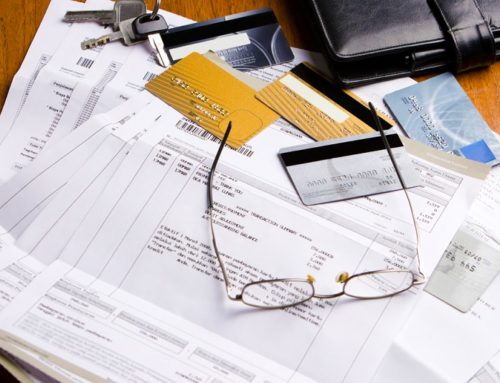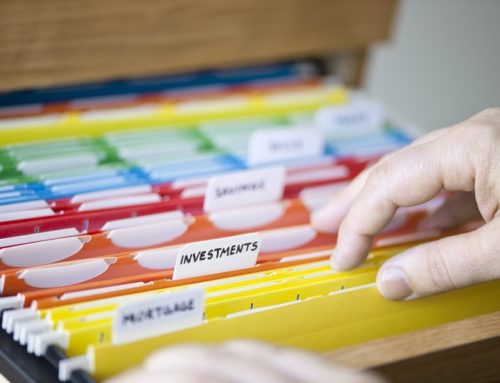Have you ever wondered which debt should you pay off first?
That’s a question with many answers, and different financial experts have different opinions.
It depends on how much debt you are in.
Let’s start with the more extreme case of someone who is drowning in all kind of debts and is struggling to make ends meet. A handy guideline to follow is the one suggested by Suze Orman, a personal finance expert. She believes in the following order:
1- Government debt. It’s pretty bad to owe money to the government because it has the authority to dig into your bank account to pay itself off. So paying that debt should be your highest priority.
2- Your student loan. Even if you declare bankruptcy, your student loans will NOT be discharged (unless the student loan is older than 7 years). So you’re pretty much stuck paying that debt off!
3- Personal debt. Any friend or family member who loaned you money and trusted you should be respected and paid back as expected. Ruining family relationships over money is very unfortunate and should be avoided.
4- Mortgage. You simply don’t want to be in a position where the bank seizes your home and you end up homeless. So keep up with your mortgage payments to the largest extent possible.
5- Car loan. Same concept as the mortgage! You don’t want to lose your car and live with that inconveniency.
6- Credit card. It is unsecured debt after all, so no one can seize anything from you!
Now I know that many of you are NOT on the brink of bankruptcy. So let’s look at the more usual case of those who are not struggling to pay their monthly mortgage and car payments, but who would like to become debt-free in a financially efficient way. My advice to you would be to tackle your ugliest debt first, and move your way up to the good ones. What do I mean by ugly debt? It’s basically the debt that gives you nightmares at night because it’s costing you way too much! So that includes the credit cards with 20%-30% interest rate, the retail store cards (The Bay, Sears, Futureshop, Home Depot…), or any loan with a very high interest rate.
Once you have allocated all your extra funds to eliminating this high-interest debt, you can move on to paying off the less evil debt, such as your personal line of credit or any loans with an interest rate ranging between 5-15%. Once that “bad debt” is gone, then you move on to putting all the extra funds to pay off your “good debt”. What I mean by good debt is any debt you took on to acquire an asset, such as your mortgage or homeowner’s line of credit, your car loan or your RRSP loan. These debts usually have very reasonable interest rates (3-6%). But if this is the only debts you have left, then by all means, you should double-up your mortgage payments or pay lump sum amounts on your car loan, or pay down your whole RRSP loan.
Stay tuned for my next post on how to attack your credit card debt!






